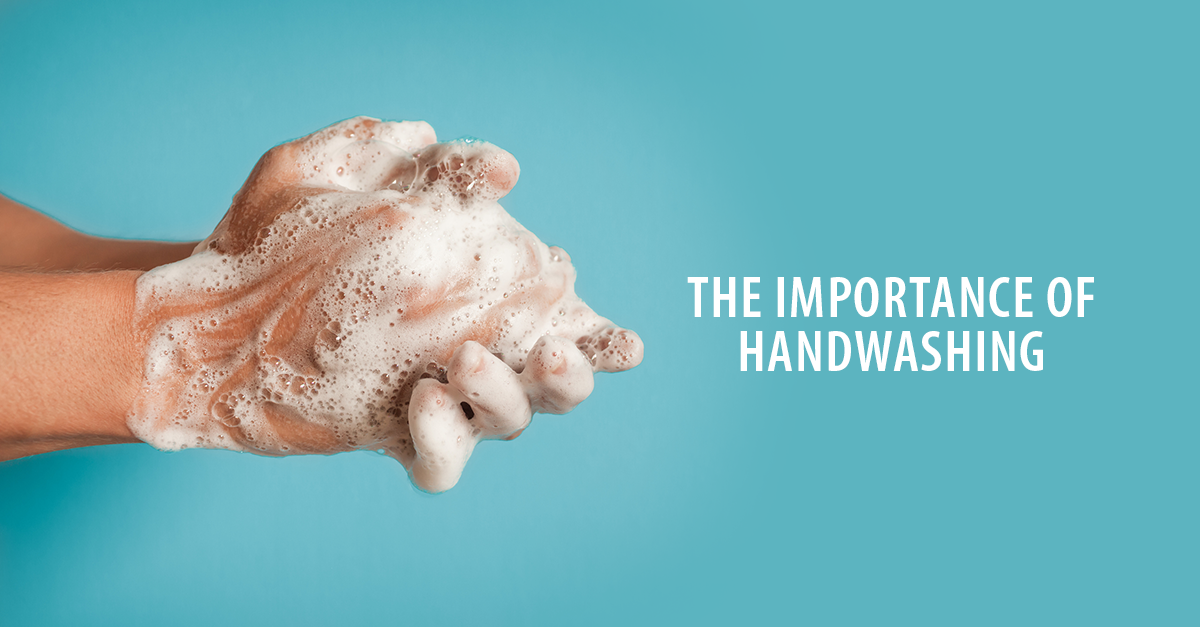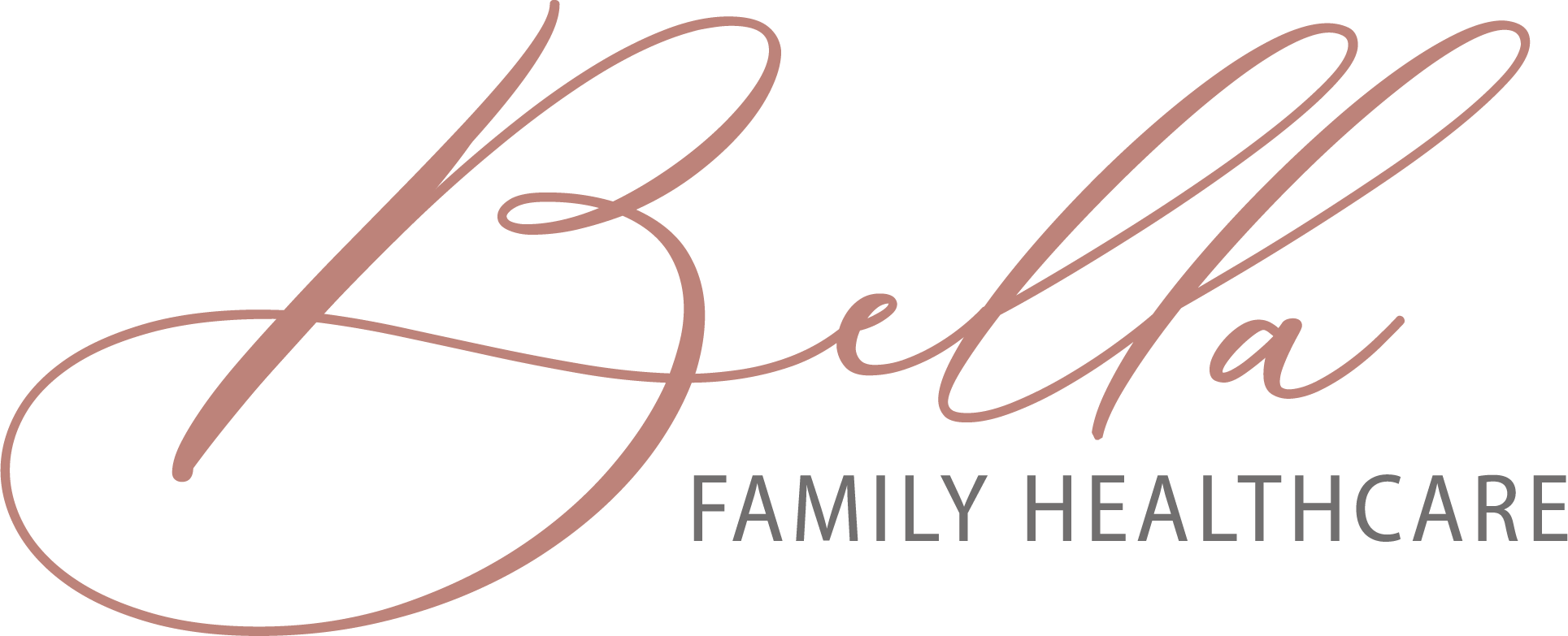
Personal hygiene begins and ends with handwashing! If you don’t believe us, check out this experiment an elementary school did that involved not washing their hands and then touching bread, talk about gross! You can help you and your loved ones stay healthy by washing your hands often, and with proper technique. The CDC’s list of key times to wash your hands includes:
- Before eating food
- Before and after caring for someone who is sick
- After using the bathroom
- After blowing your nose, coughing or sneezing
- After handling pet food or treats
- After touching garbage
Proper Handwashing Technique
Clean hands and proper technique can help stop germs from spreading from one person to another – from your home to your workplace. The CDC recommends these 5 steps for proper handwashing:
- Wet hands with clean, running water. Warm or cold is great! Turn off the tap, and apply soap.
- Lather hands by rubbing them together with soap. Make sure to lather the backs of your hands, between the fingers, and under the nails.
- Scrub your hands for at least 20 seconds. Hum the song “Happy Birthday” from beginning to end twice!
- Rince your hands well under clean running water.
- Dry your hands using a clean towel or air dry them.
Types of Handwashing Soaps
Regular Hand Soap
Handwashing with regular soap physically removes microorganisms by moving them with soap and rinsing with water. Plain bars of soap or liquid soap are made up of detergents with “surface-active” layers that can trap dirt. Cleaning your hands is due to the physical removal of the germs but not the killing of germs.
Antimicrobial Soap
An antimicrobial soap physically suspends dirt and germs but also includes an antiseptic agent that kills microorganisms. The longer you wash, the more microorganisms are removed from the skin.
Antiseptic Scrubs and Agents
Antiseptic soaps are waterless agents with disinfectant properties that kill off a number of germs found on the skin. The individual typically places a small amount on their hands and then rubs their hands together until the liquid dries. These are not recommended if dirt is visible since it doesn’t remove organic material.
How to Stop the Spread of Germs When Coughing or Sneezing
The CDC recommends covering your mouth and/or nose with a tissue when coughing or sneezing to prevent the spread of germs. If you don’t have a tissue, sneeze or cough into your upper sleeve, but not your hands. Remember to wash your hands after either with soap and water. More information on proper hygiene and cough etiquette in can be found on CDC’s seasonal flu pages.
The Effectiveness of Handwashing
According to the CDC, proper handwashing can prevent 1 in 5 infections, including the flu, and 1 out of 3 diarrhea-related illnesses. Handwashing can also reduce the spread of respiratory infections by 16%. Researchers in London estimated if everyone routinely washed their hands, 1.1 million deaths a year could be prevented.
Start taking small steps today to prevent the spread of disease and illness with proper handwashing!
You Don’t Need a Referral To Start Feeling Your Best
Whether you’re looking for a check-up, suffered a recent injury or you just want to improve your health – a referral is not needed. We welcome walk-ins. If you would like to make an appointment or learn more about our services, send us a message!


